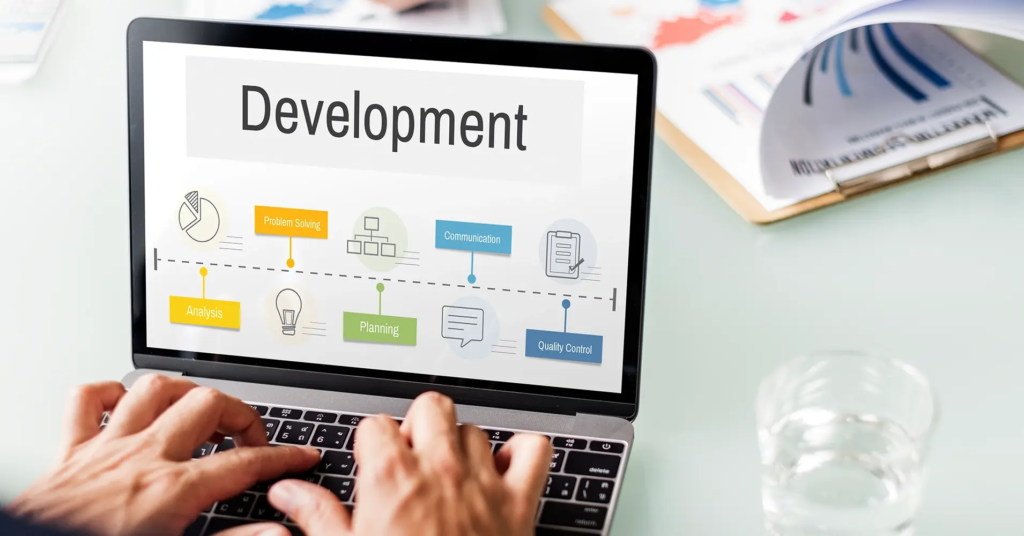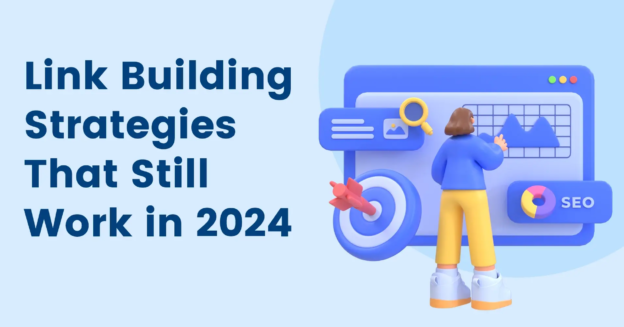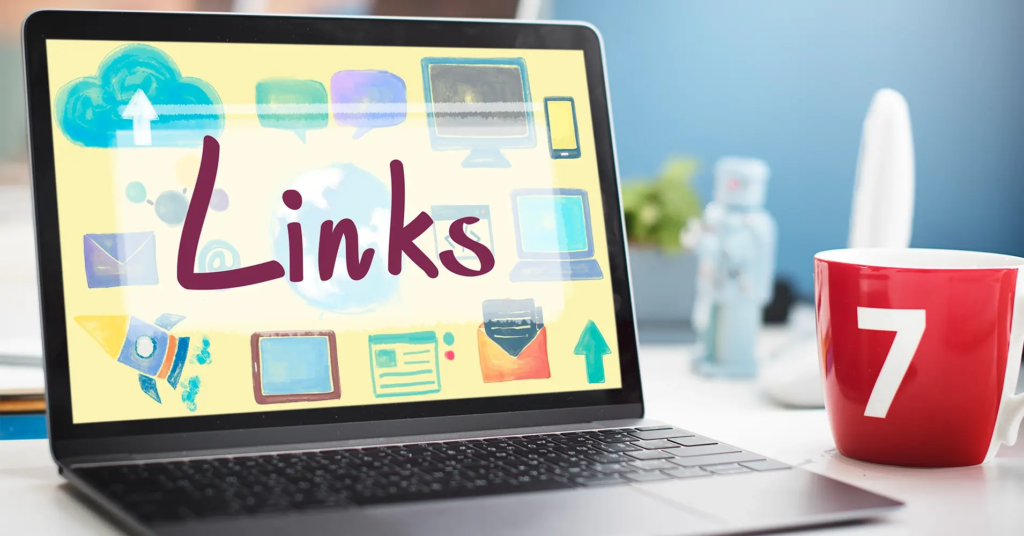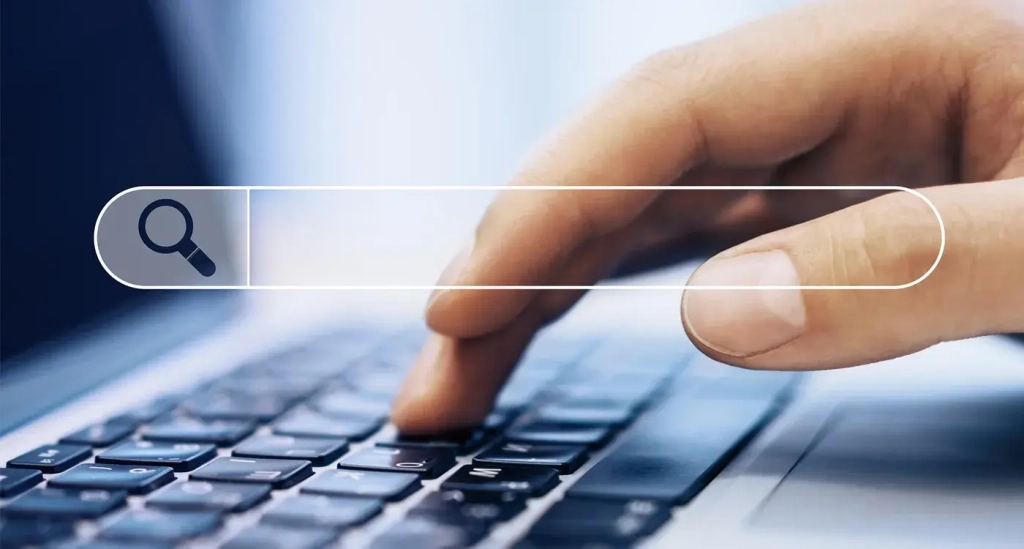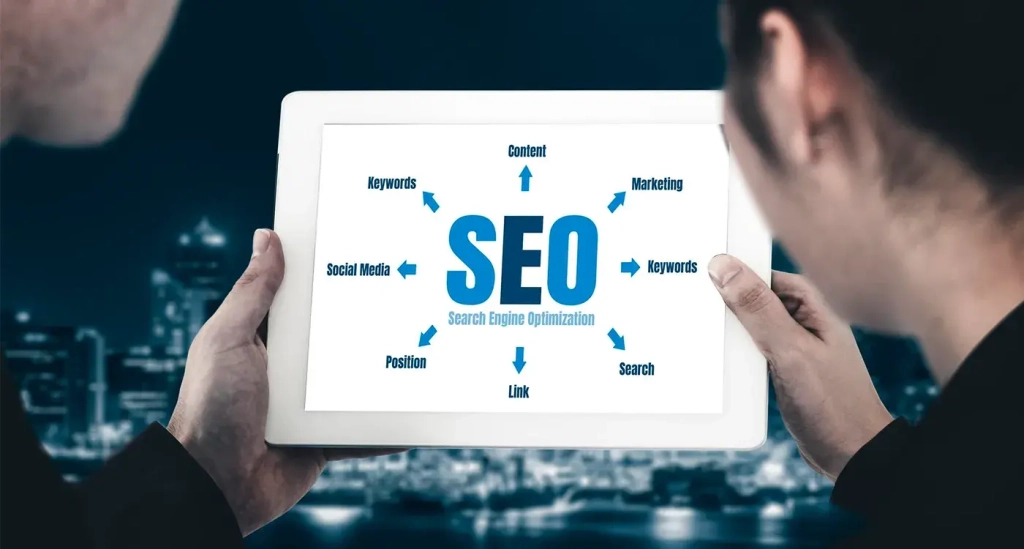Social media and AI hype might have taken over the collective consciousness. Yet, email remains the most ubiquitous, efficient, and impactful means of reaching a receptive audience. Creating a wildly successful email campaign that resonates with thousands of interested individuals is something even newbies with the right knowledge and mindset can accomplish.
Not sure how to start? Then start here!
Setting Your Goals
The ability to easily quantify performance is what makes email campaigns so powerful. But first, you have to define what you’re hoping to accomplish. Ideally, more sales are needed, of course, but a carefully crafted email can boost it so much more. It can prompt users to spread the word about your company on social media, drive traffic to your website, or entice existing customers to review your products and organically boost consumer trust.
The right analytics tools let you track various key performance metrics (KPIs), make timely changes to existing email campaigns, or use current insights to craft even more successful campaigns in the future. You’ll track metrics like return on interest (ROI), open and click-through rates, conversions, and more.
Building a Mailing List

Today, no serious marketer would resort to buying mailing lists or sending emails out indiscriminately. Such practices aren’t only ineffective, they’re actively harmful! Your marketing email is directly associated with the IP address of the computer or server you send it from. You can check it with a simple tool like the IP address lookup. That IP address has a reputation score, which fluctuates based on engagement.
As more people unsubscribe from your mailing lists or mark your messages as spam, the chance of your emails being automatically classified as spam or not being delivered outright grows. Luckily, smart list-building and email crafting practices can prevent this.
Ideally, you’ll want to send messages only to people who express a genuine interest in your brand. The most effective way to accomplish this is to have them voluntarily provide their addresses. You can do so by advertising on social media, offering incentives for sign-ups, and reaching out to visitors at events and trade shows.
It’s paramount to maintain your mailing list’s health. That means periodically checking for & removing deactivated, duplicate, and unresponsive addresses.
Creating an Email Marketing Campaign

With a clear goal and receptive audience in mind, it’s time to start thinking about the content you’ll send out. Crafting the perfect email is a science as much as an art form since several factors contribute to its success.
For example, a concise, catchy, and straightforward subject line plays a defining role in recipient engagement. You’ll want to center most of your creative efforts on tailoring the subject line and copy to be informative and attractive. CTA placement is important, as is pleasant formatting that makes the message easy to read.
Ensure that each email’s visual and writing style is consistent with your brand. Since most recipients will open the message on a smartphone, ensuring a mobile-friendly layout is crucial.
On the more science-y side, there’s list segmentation, A/B testing, and optimum sending times.
While everyone on your list is hopefully there because of general interest in your products, you can and should refine it further when planning a targeted campaign. Segmenting involves creating groups within the list based on factors like location, demographics, or known interests. Tailoring different messages for each category will yield better results.
Are you satisfied with an email’s general look and feel but want to optimize it further? A/B testing lets you send out different versions of the same message with changes to a single element—the subject line, copy, etc. Comparing the results will help you develop the optimum formula for better engagement.
When you send an email is almost as important as its contents! Several studies agree it’s best to send messages on Thursday and Tuesday. Avoid Mondays and Saturdays. The time of day also plays a part. Messages sent before 8 a.m. and between 1 and 4 p.m. have the highest success rates.
Use the Right Tools
Coordinating an email campaign by hand would be tedious and unproductive. Luckily, many general and specialized tools can help.
For example, a VPN is an often overlooked but indispensable email marketing tool. On the one hand, it encrypts your connection and ensures any communication with team members remains secure. It’s especially effective at protecting remote team members and providing secure access to mailing lists, campaign data, etc. when working remotely. The best VPNs also let you simulate opening emails from different geographical locations, ensuring that customers worldwide have the same seamless experience.
Of course, you’ll also need capable CRM and email marketing automation platforms. They streamline tasks like segmentation, A/B testing, and sign-up form creation while keeping track of customer engagement. Moreover, you can leverage automation to send emails on customers’ birthdays or whenever they abandon a cart to turn missed sales into wins.
Email marketing depends on collecting sensitive personal and financial data, which you’ll need to share with third parties. Protecting this data’s integrity can’t be overstated! One way of doing so is by making sure you’re using one-of-a-kind, strong passwords backed by two-factor authentication for all marketing tools and other business accounts.
Conclusion
Email campaigns have the power to make a genuine difference for budding businesses and satisfied customers alike. Now that you have a taste of what it entails, it’s time to explore each email marketing aspect in more detail and start hitting those KPIs!



